What will be on agenda of central bankers at Jackson Hole?
When the world’s most powerful central bankers meet for an exclusive, closed-door conference in the Grand Teton mountains of Wyoming, they will be seeking to answer a question that few ratesetters have had to confront in recent years. How far and how fast should they cut interest rates?
Central bank chiefs from America, Britain and the eurozone will take part in a two-day symposium in Jackson Hole next week, a traditional highlight of the central banking calendar. Hosted by the Federal Reserve Bank of Kansas City, a regional branch of the US central bank, Jackson Hole will be an appropriate environment for ratesetters who are pivoting to loosening monetary policy after two years of aggressive action designed to quell inflation.
First established in 1982 by Paul Volcker, the totemic former Fed chairman, the jamboree (whose bucolic location was chosen because of Volcker’s fondness for fly-fishing) has become synonymous with big shifts in economic trends and central banking over the past three decades.
It rose to prominence during the financial crisis in 2009, when Wyoming was the setting for policymakers to discuss emergency measures needed to stave off a once-in-a-generation economic depression. Recent highlights have included an address by Mario Draghi, the European Central Bank president at the time, in 2014, and maiden policy speeches by Jerome Powell, the Fed chairman, in 2018 and by Andrew Bailey, the Bank of England governor, in 2020.
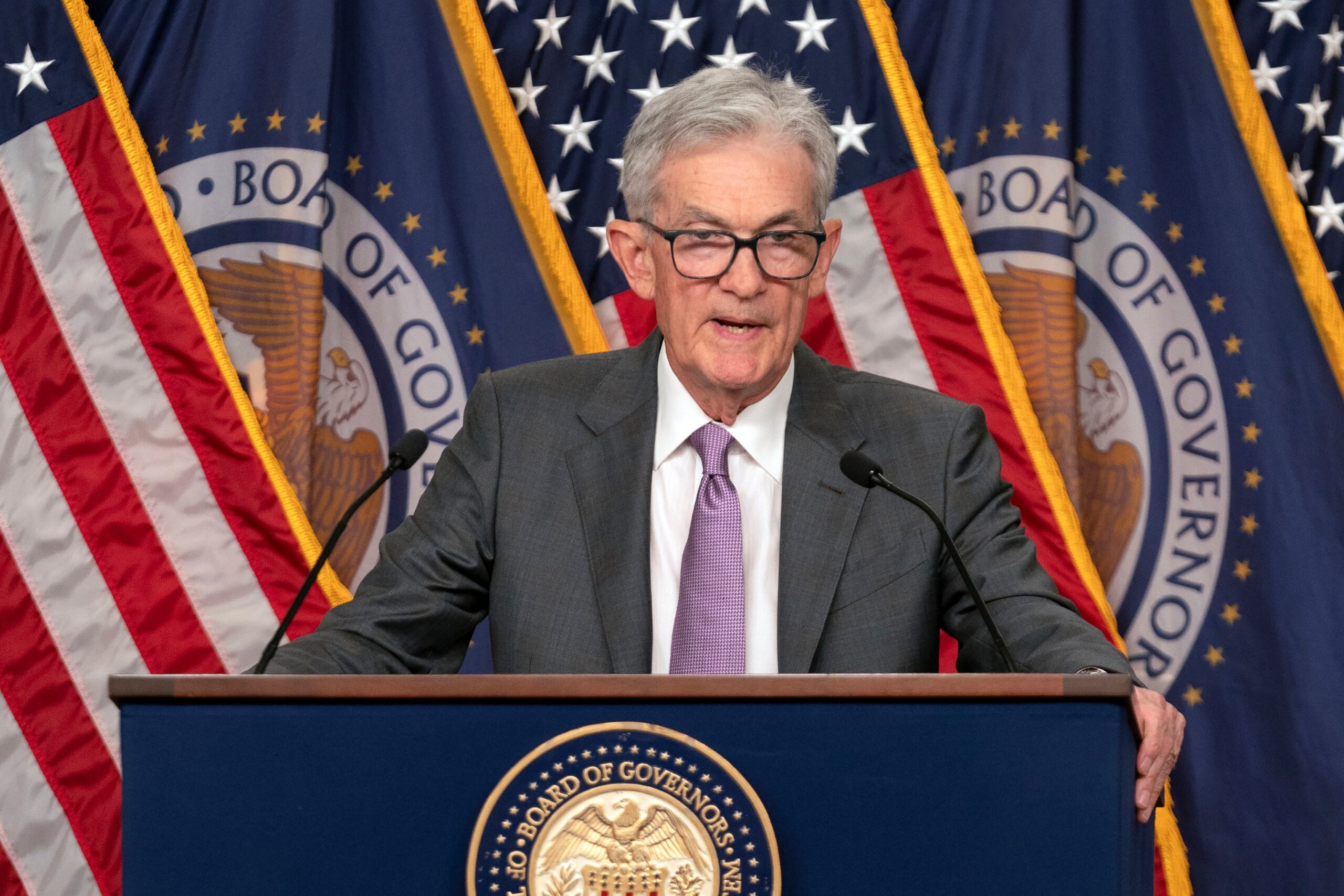
Despite the interest it generates in financial markets, Jackson Hole maintains an ultra-exclusive list of delegates that rarely exceeds 130. It is composed of central bank governors and executives from around the world, alongside a handful of economists, academics, journalists and market-watchers. The schedule for the two days of seminars and speeches is made public only hours before it begins, which this year is on Thursday.
The highlight of this year’s gathering, titled Reassessing the effectiveness and transmission of monetary policy, is the traditional Friday morning address from the Fed chairman, the only part of the gathering that is broadcast to the public. Powell’s speech will be his first after the summer quiet spell for the Fed, a period in which global stocks suffered the worst bout of turmoil since the pandemic struck four years ago. The volatility was sparked by fears of an imminent recession in the United States after figures showed a jump in the unemployment rate from 4.1 per cent to 4.3 per cent in July.
US stocks prices have recovered since then, but Powell’s words will be carefully studied for clues about how the world’s most powerful central bank views the state of the American labour market and whether it is likely to cut interest rates next month.

At one point during the height of the market sell-off on August 5, investors were betting on an emergency Fed rate cut this month as the most likely outcome. This was followed by the prospect of an outsized reduction of half a percentage point in September to loosen the squeeze on the economy and to bring confidence back to trading desks.
Andy Schneider, a senior economist at BNP Paribas, said that Powell would use his speech to “signal that incoming data supports the Fed beginning to normalise policy imminently, all but cementing expectations for a September rate cut. While we do not think Powell will rule out a 50-basis-point cut in September, he is likely to downplay fears that the Fed is behind the curve or that the US economy is rapidly deteriorating.”
Traders have dialled back their bets on a 50-basis-point reduction to below 20 per cent after figures this week showed falling inflation and booming US consumer spending in July. Yet investors still expect monetary loosening of 100 basis points, or one percentage point, before the end of the year, taking borrowing costs to a range of 4.25 per cent to 4.5 per cent.
“The next few weeks will likely determine whether the Fed ends up cutting by 0.5 to 0.75 percentage points this year or by 1.5 percentage points or more,” Ralf Preusser, at Bank of America said.
The tone of Powell’s speech will be in stark contrast with his address last year, when he warned that interest rates would remain higher for longer than markets expected, paving the way for 14 months of no change to the Fed funds rate at a 17-year high of 5.25 per cent to 5.5 per cent. Over that time, headline inflation has dropped to 2.9 per cent, the lowest level since 2021, helping to shift the Fed’s focus on how to meet its second mandate to ensure “full employment”.
Economists think that Powell’s speech will put more emphasis on the outlook for the jobs market, with reassurances that the economy is not on the brink of a recession providing a hawkish signal that significant loosening is not warranted. Powell is likely also to focus on the central bank’s data-dependence, as it awaits key figures on its preferred measure of inflation and latest jobs figures, set to be published before the meeting on September 16.
Markets, too, will be eyeing a speech from Bailey on Friday evening, in what will be his first public comments since the latest inflation figures proved to be lower than the Bank’s forecasts this month. A key measure of services inflation dropped from 5.7 per cent to 5.2 per cent in July, lower than the 5.6 per cent projected by the Bank’s monetary policy committee and the first significant undershoot in the price measure this year. Figures this week also showed that unemployment had fallen unexpectedly in the second quarter and that growth had been robust at 0.6 per cent between April and June, figures that underscored the UK’s economic resilience.
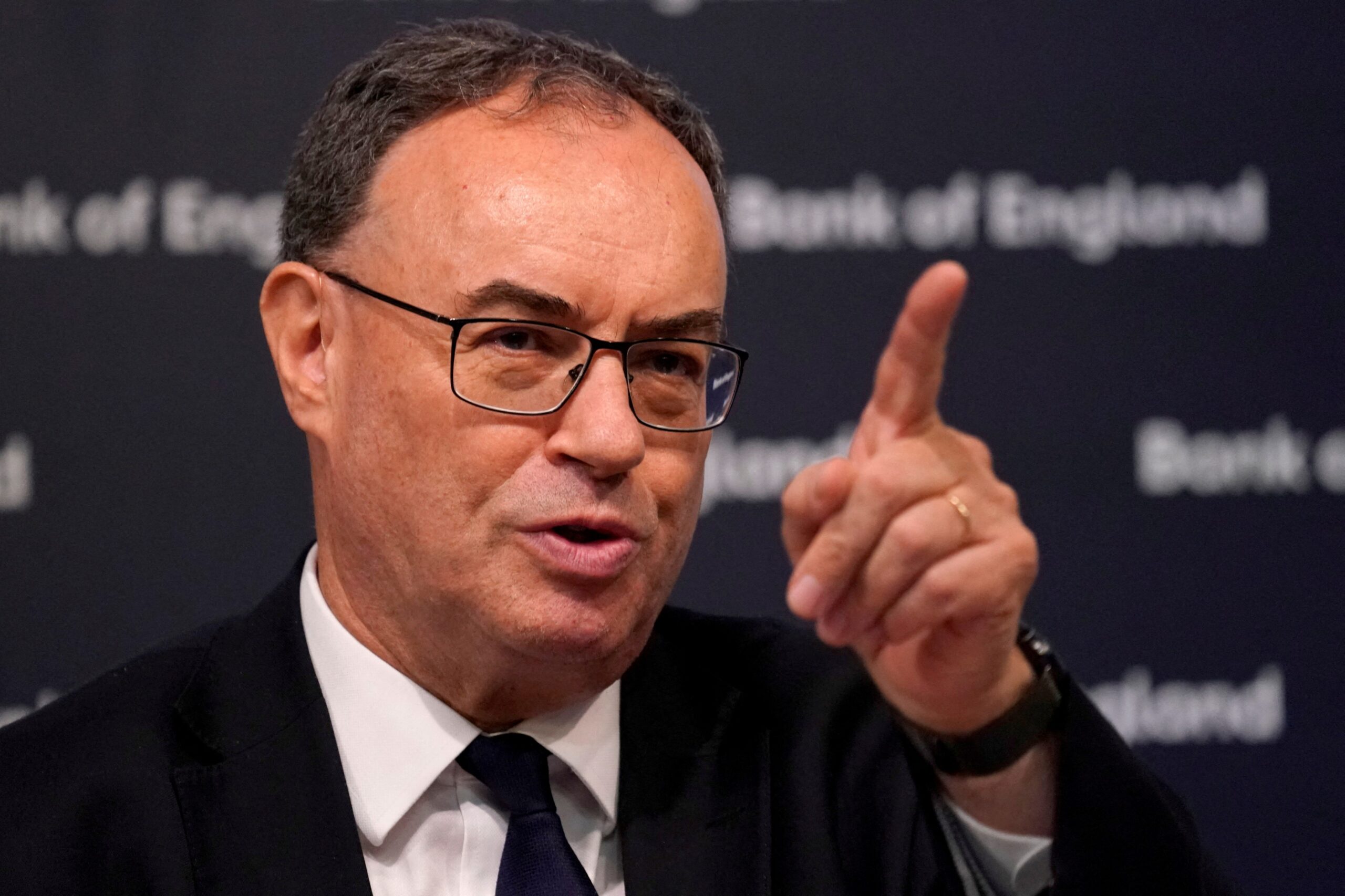
The MPC voted narrowly to cut interest rates by five votes to four this month, its first loosening since emergency cuts in 2020. Bailey’s speech may give hints on whether the outlook for inflation is better than the Bank expects, justifying more rate cuts this year, or if ratesetters will consider the July figures a blip.
Traders don’t expect the Bank to cut the base rate again next month and are betting on only two more rate cuts this year, with growth figures suggesting that significant loosening is not needed. However, analysts at Capital Economics think inflation will fall consistently below the Bank’s 2 per cent target next year, “opening the door” for more aggressive easing.
Whatever the nuances of the Jackson Hole speeches, central bankers aren’t yet ready to embark on victory laps over inflation after battling the worst period of price rises since the early 1980s. Nascent threats to the inflation outlook remain, including oil price rises from conflict in the Middle East and a summer resurgence in global shipping costs.
The looming US presidential election, which could usher in an inflationary tariff regime under Donald Trump, will be in the Fed’s sights. On the flip-side, central bankers are still battling charges that they have waited too long before cutting interest rates, as this month’s market panic highlighted.
As James Smith, an economist at ING, said: “The risks facing central banks aren’t all pointing in the same direction right now.”

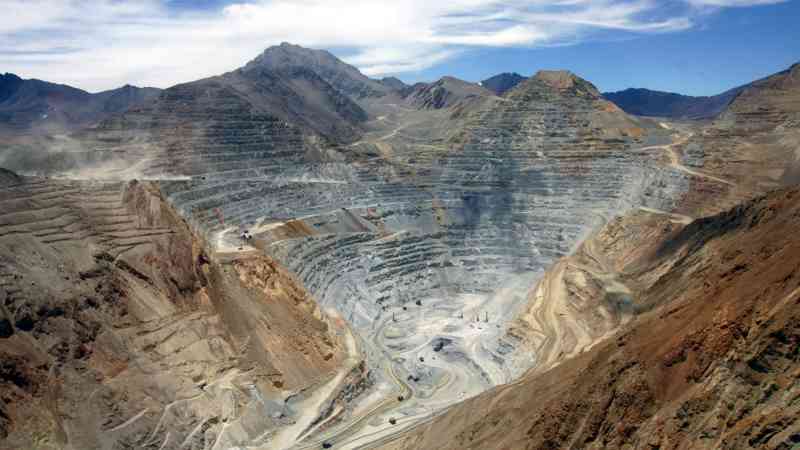
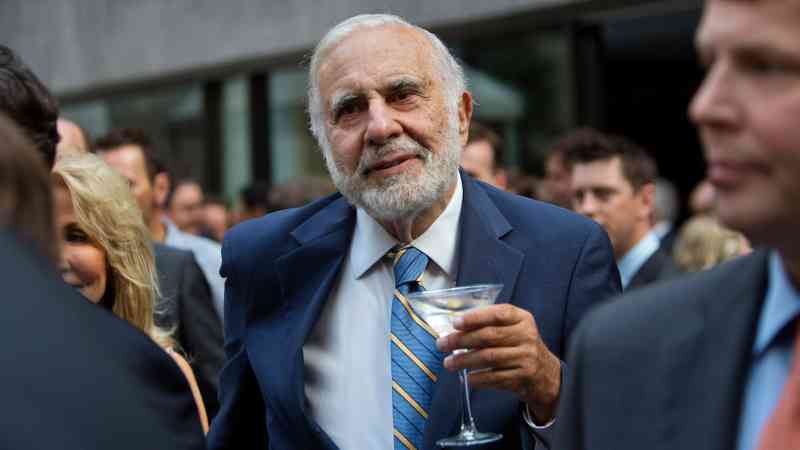
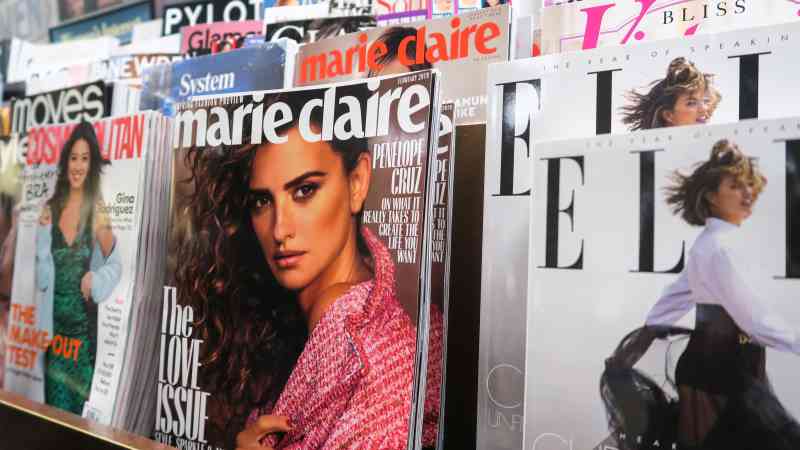
Post Comment